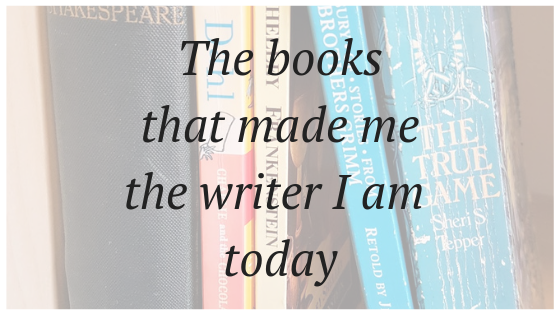Fi inspiration
Inspiration: My top 5 World Builders
I love a good novel, but as a reader the thing that elevates a novel to the next level for me is when that story isn’t alone. It stands as merely one of many paths into a world created by the author. There are some real writerly experts out there Read more…

